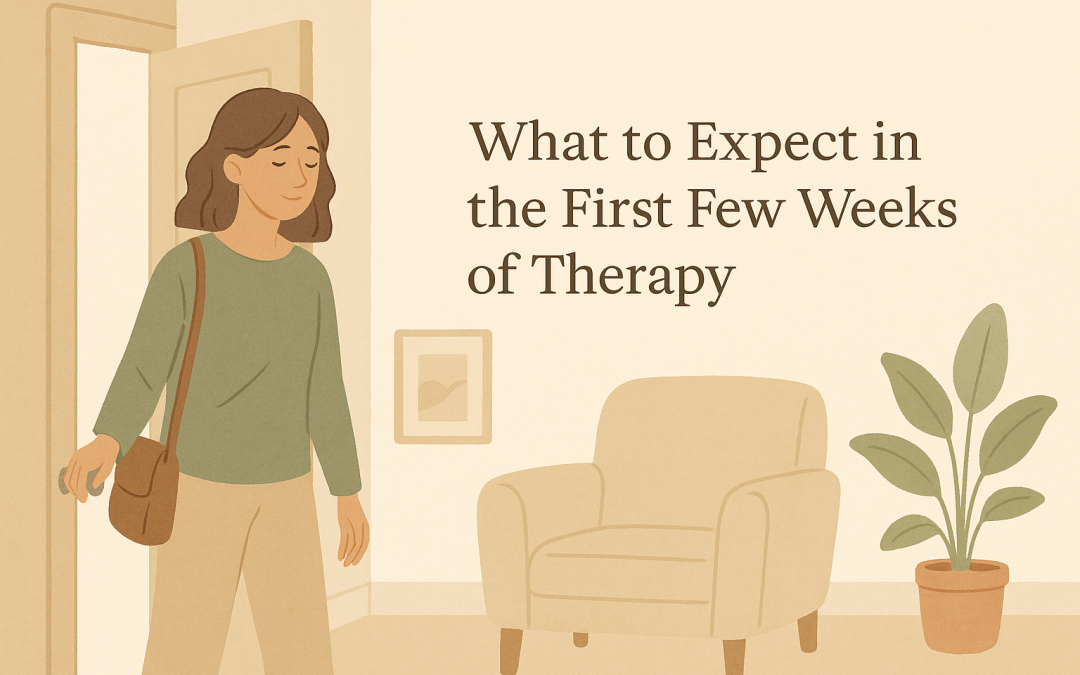Starting the journey into therapy can bring up a mix of emotions. For some, it’s unnerving — filled with uncertainty and questions. For others, it sparks feelings of hope and excitement. Wherever you find yourself, it’s important to remember that your therapist is there to support you.
If you’re starting therapy for the first time, you might have many questions about what the initial sessions will involve. This blog aims to ease your worries and clarify some common experiences during the first month of therapy. Keep in mind: each therapist has a unique style, so some aspects may differ.
Getting Started: Should You Choose a Consultation or Intake?
Some people choose to schedule a free consultation to determine if the therapist feels like the right fit — and vice versa. Others may begin directly with an initial intake or assessment session. Both are opportunities for you and your therapist to get to know each other.
A consultation offers you an opportunity to ask questions, understand the therapist’s approach, and determine if they are the right fit for you. Typically lasting around 20 minutes, it can help you feel more comfortable and support your decision on whether to proceed.
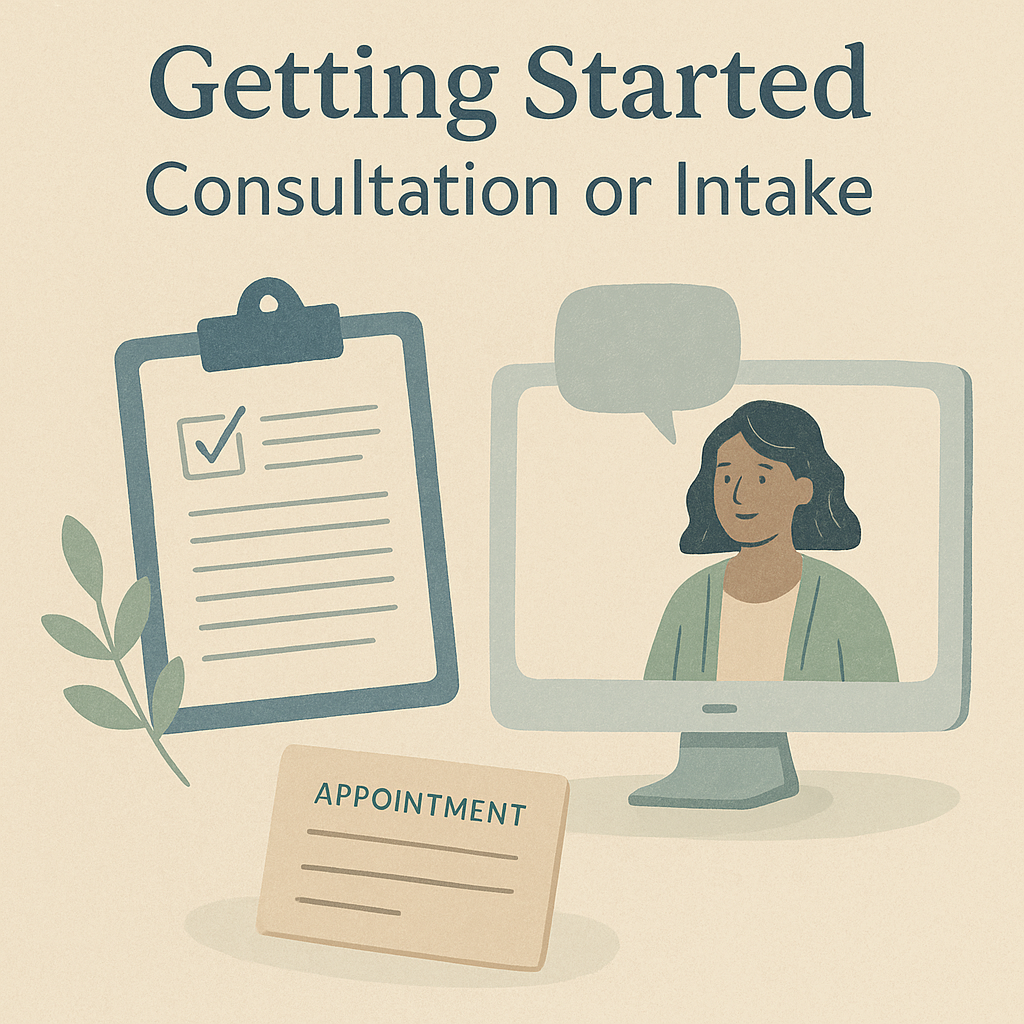
Forms & Logistics
Before your first full session, you may be asked to complete intake forms, consent to treatment, and review confidentiality policies.
First Session
Your therapist will typically ask questions to understand your background, current concerns, goals, relationships, work/school situation, and any relevant medical or psychiatric history. They’ll also make sure you fully understand the therapy process and confidentiality agreements.
Setting Expectations
Together, you’ll talk about:
-
- How therapy works
- Session frequency
- In-person or virtual options
- What success might look like for you
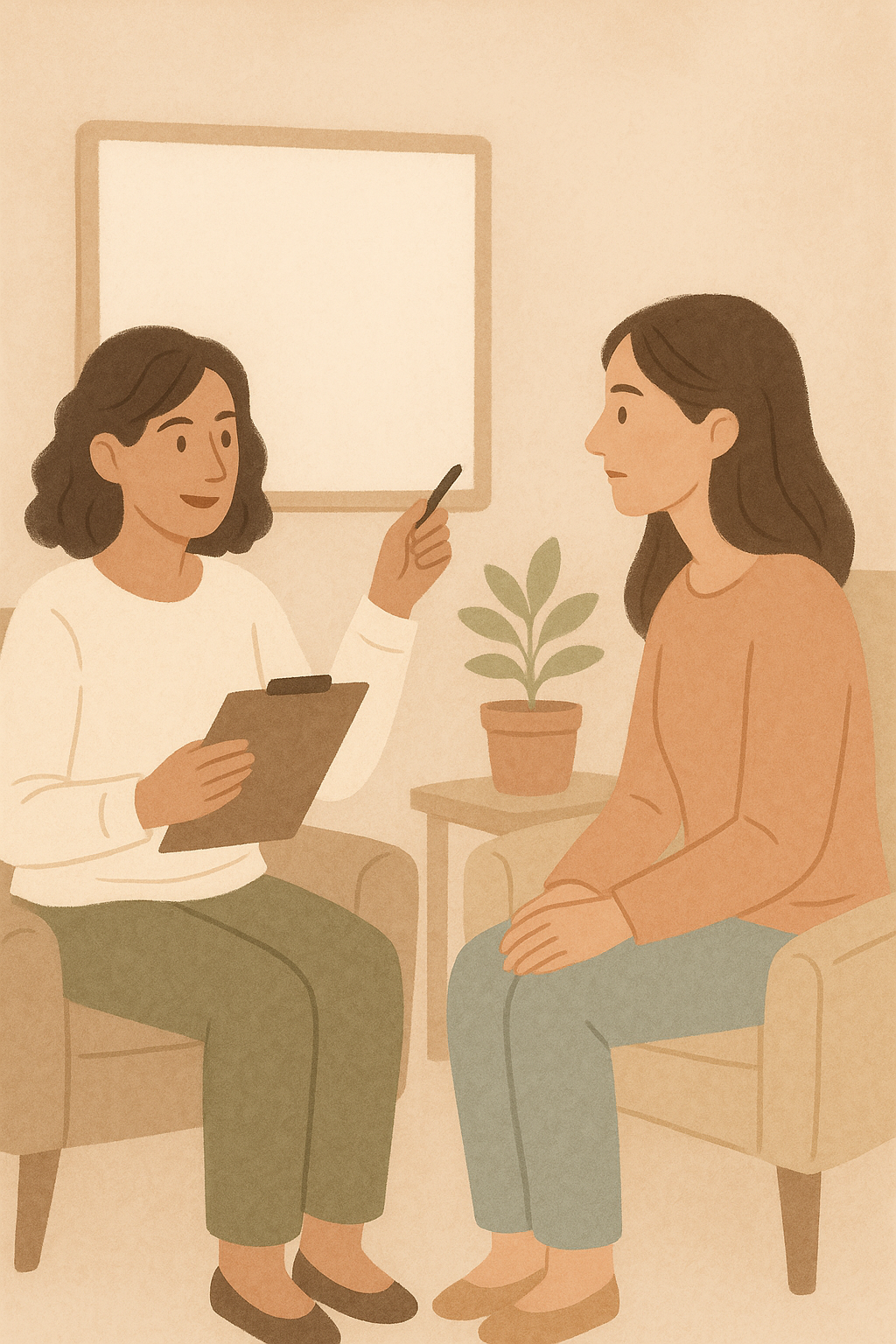
Building the Relationship (The Therapeutic Alliance)
Establishing trust and rapport takes time and is essential to your healing. In the early sessions, you might be:
-
- Getting a feel for your therapist’s style (e.g., directive vs. reflective, structured vs. conversational).
- Noticing how comfortable or understood you feel.
- Exploring whether the space feels emotionally safe for you to open up.
Goal Setting and Treatment Planning
During the initial sessions, you and your therapist may begin shaping the direction of your work together. Goals may include:
-
- Managing anxiety or depression
- Processing trauma, etc.
Don’t worry if your goals feel vague at first — they often become clearer over time. Your therapist will help guide you as things evolve.
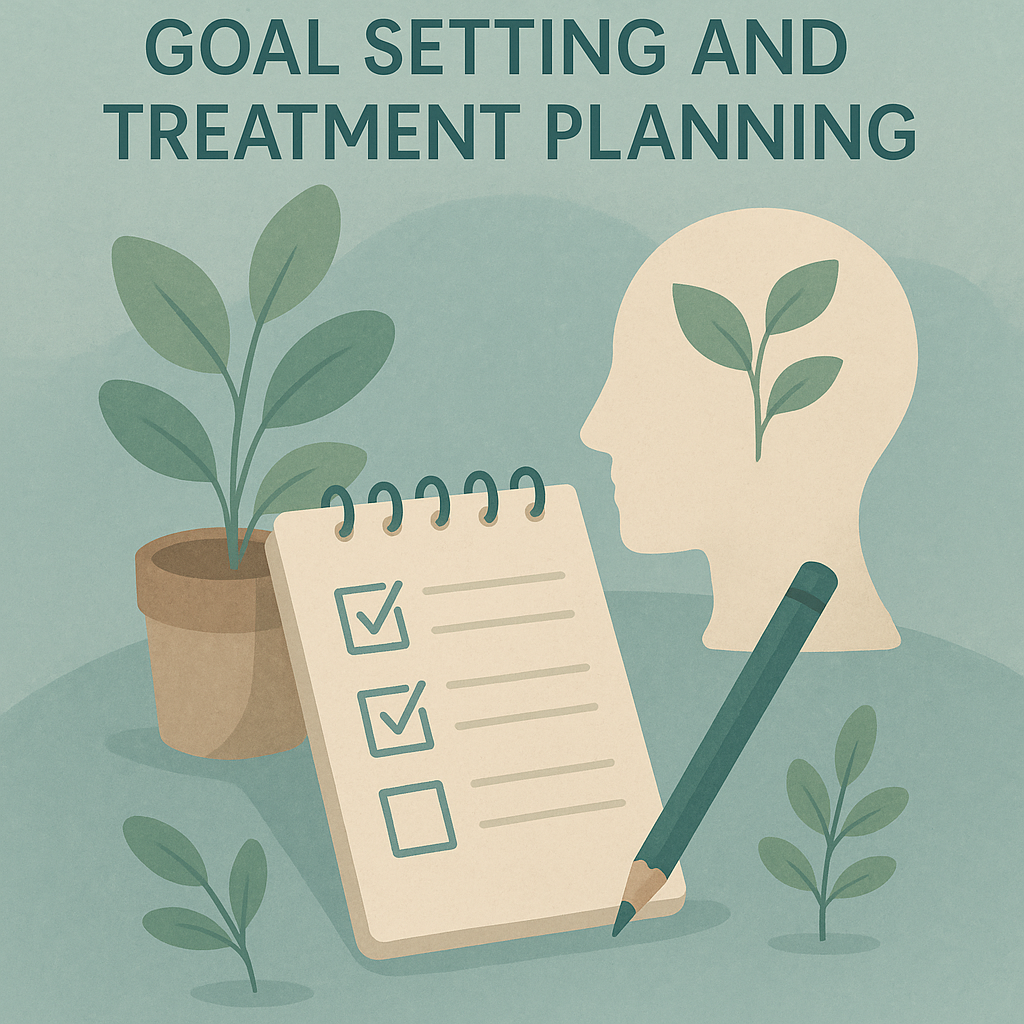

Early Insights and Reflections
As you begin to explore your thoughts, feelings, and behaviours, you may notice early patterns or insights. These might bring a sense of relief — simply from being heard — or some emotional discomfort as you touch on difficult topics. Both are normal and part of the process.
Check in – How are things going?
The first month is a great time to reflect on how things are going. Ask yourself:
-
- Do I feel safe and supported?
- Do I prefer more frequent or spaced-out sessions?
- Is anything not working that I want to change?
Many therapists will check in for feedback to make sure your needs are being met. It’s also important to speak up if you need something — sharing your thoughts helps your therapist tailor their support in a way that’s most helpful for you.
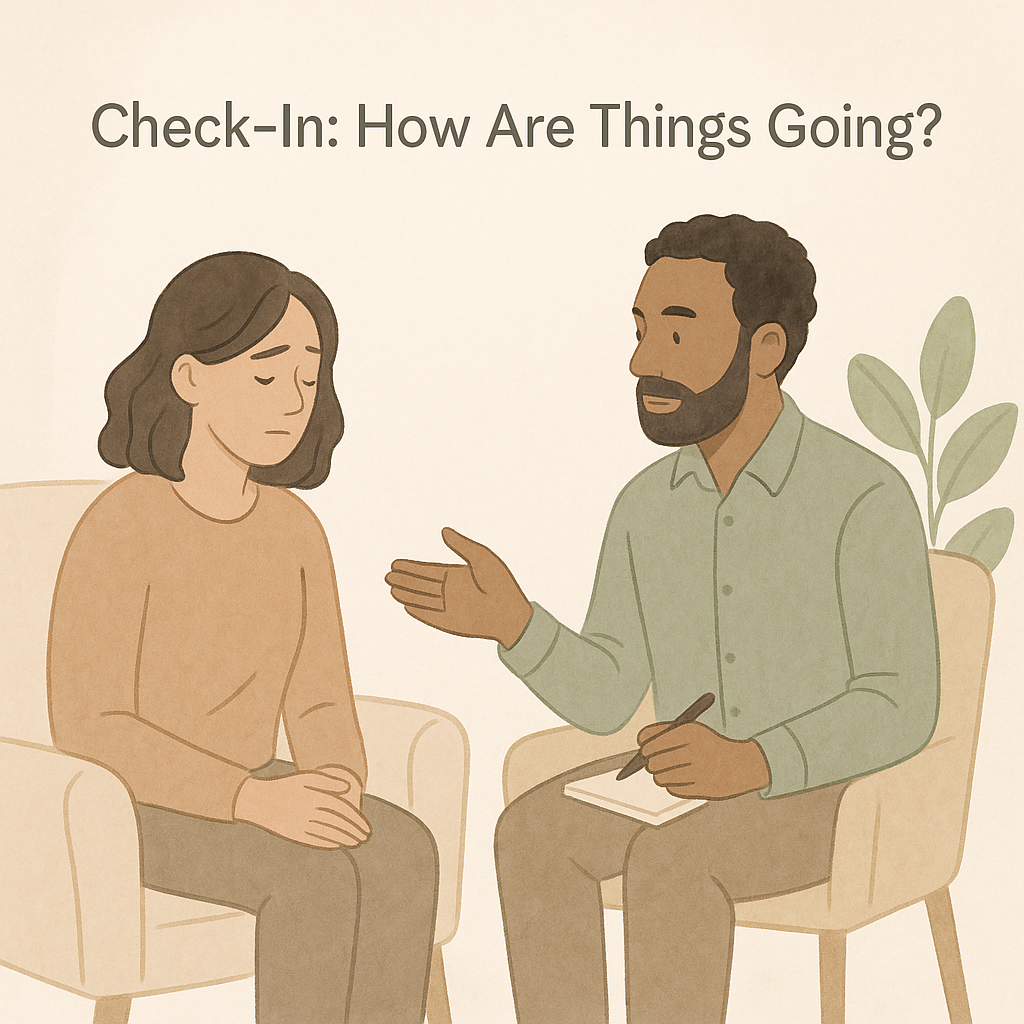

Give Yourself Time
In the first month, it’s normal to feel a range of emotions — some comforting, others challenging. Progress doesn’t happen overnight. Like a flower, growth takes patience, nourishment, and time. Be gentle with yourself as you begin this journey.
Final Thoughts
Starting therapy is a meaningful and courageous step. Whether you’re seeking clarity, healing, or simply a space to be heard, your first few sessions lay the groundwork for transformation. Your therapist is there to walk beside you — with care, curiosity, and compassion.

